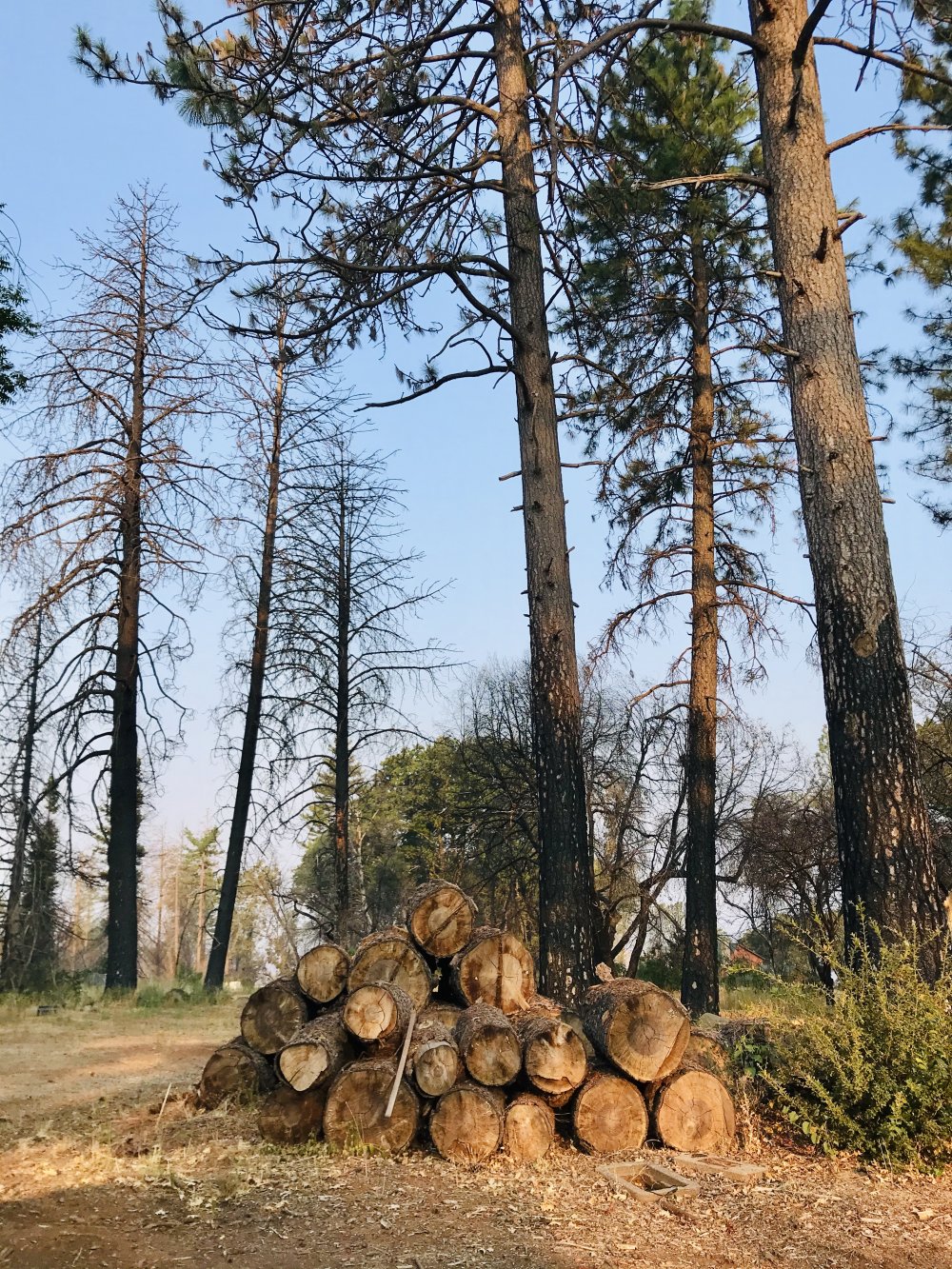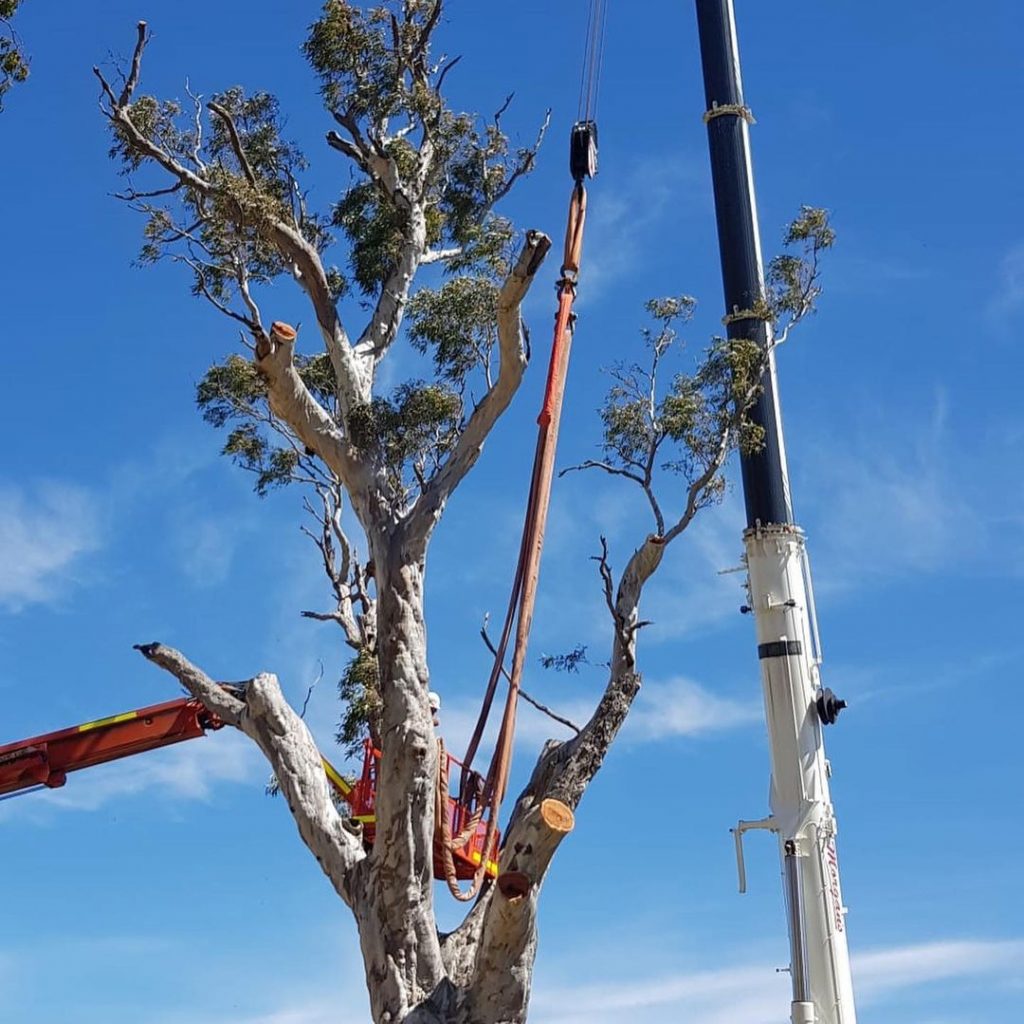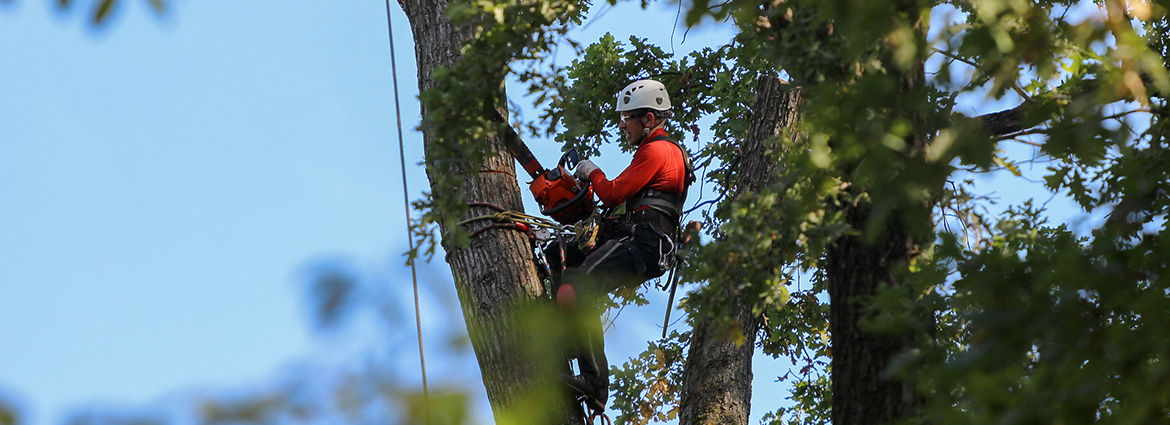All Categories
Featured
The elimination of trees can develop open spaces that are vulnerable to weed intrusion. When trees exist, their thick covers commonly shade the ground, limiting the amount of sunshine that reaches the soil. After the removal of trees, these open locations receive enhanced sunlight, providing suitable problems for weed growth.

They may suggest the usage of mulch, which acts as a protective obstacle on the dirt surface area, stopping weed seeds from germinating and suppressing weed growth.

The presence of trees cultivates a rich and diverse community of dirt microorganisms. Tree roots provide a resource of raw material, exudates, and nutrients that sustain the development and task of beneficial dirt microbes. Nevertheless, when trees are gotten rid of, the lack of their roots can disrupt the delicate equilibrium of the soil's microbial ecological community.
Who Has The Best Tree Services Wollongong?
This adjustment in pH can impact vitamins and mineral schedule, microbial task, and total soil wellness. To address the impacts of tree cutting on soil pH, tree removal professionals can offer beneficial advice. They may recommend soil testing to analyze the existing pH degrees and identify the needed changes. Based upon the outcomes, professionals can suggest pH change approaches, such as adding lime to increase soil pH or integrating elemental sulfur to decrease it.

It refers to the compression of dirt bits, causing reduced pore area and increased dirt thickness. This compaction can negatively impact the soil's capability to operate ideally, affecting its water-holding capacity, nutrient schedule, and root penetration. Correct strategies employed by tree elimination specialists can aid reduce compaction and preserve the soil's capability to keep water, and enable adequate air movement and careful equipment handling.
Latest Posts
Is It Worth Paying For Tree Loppers Wollongong?
How Do I Find A Tree Services Wollongong Service?
How Much Does It Cost To Have A Tree Removal Wollongong?